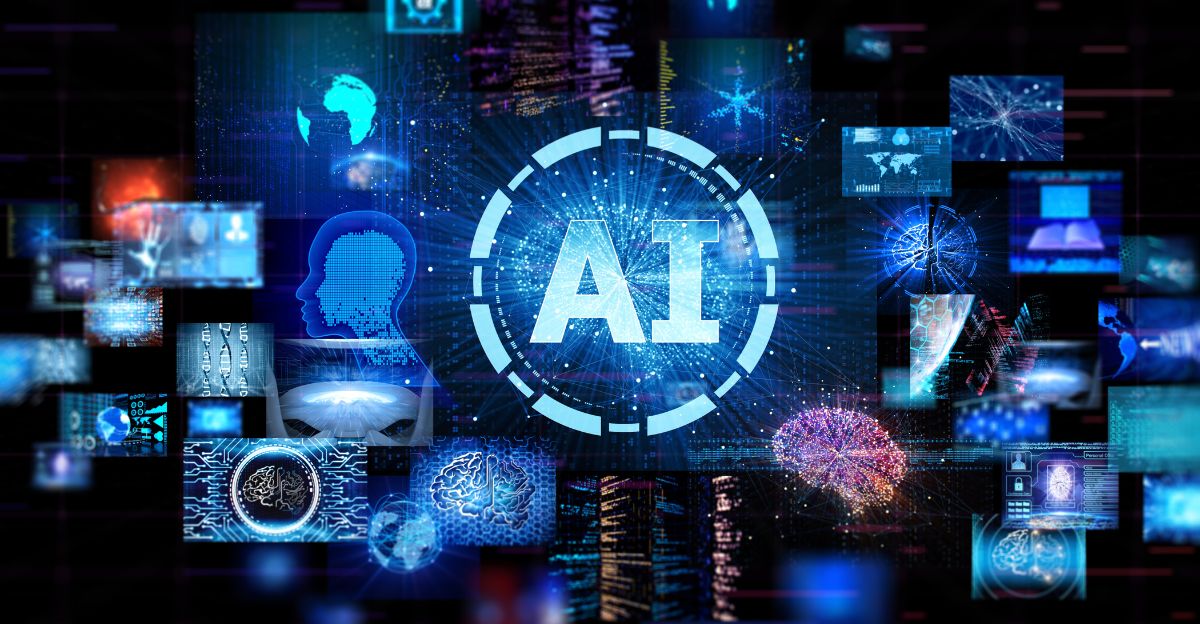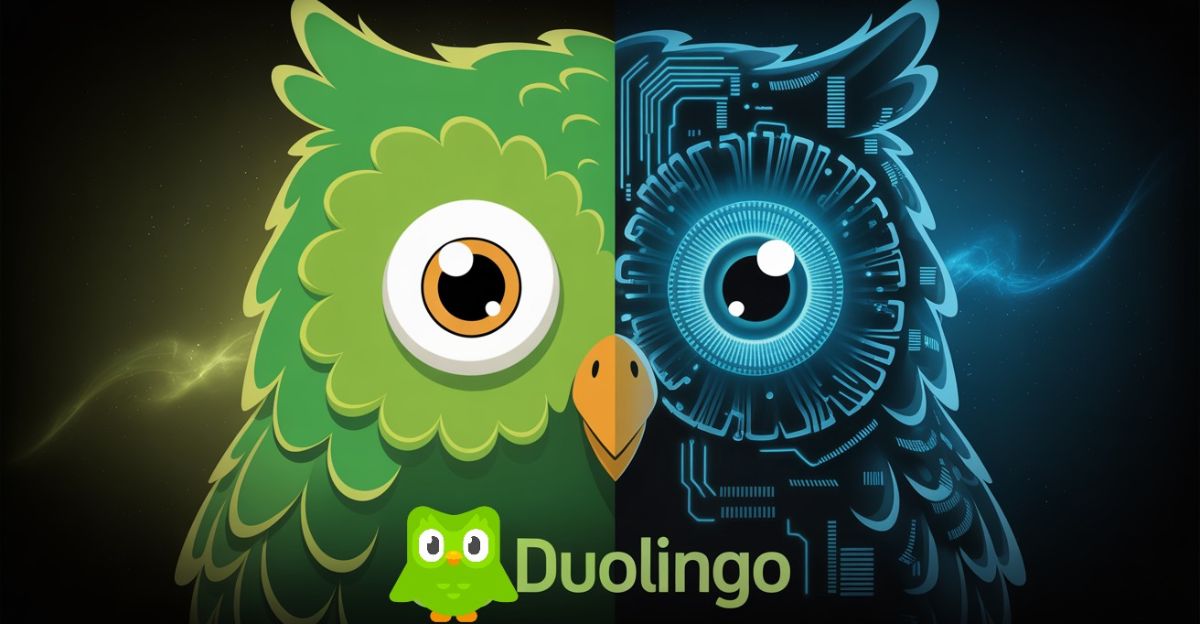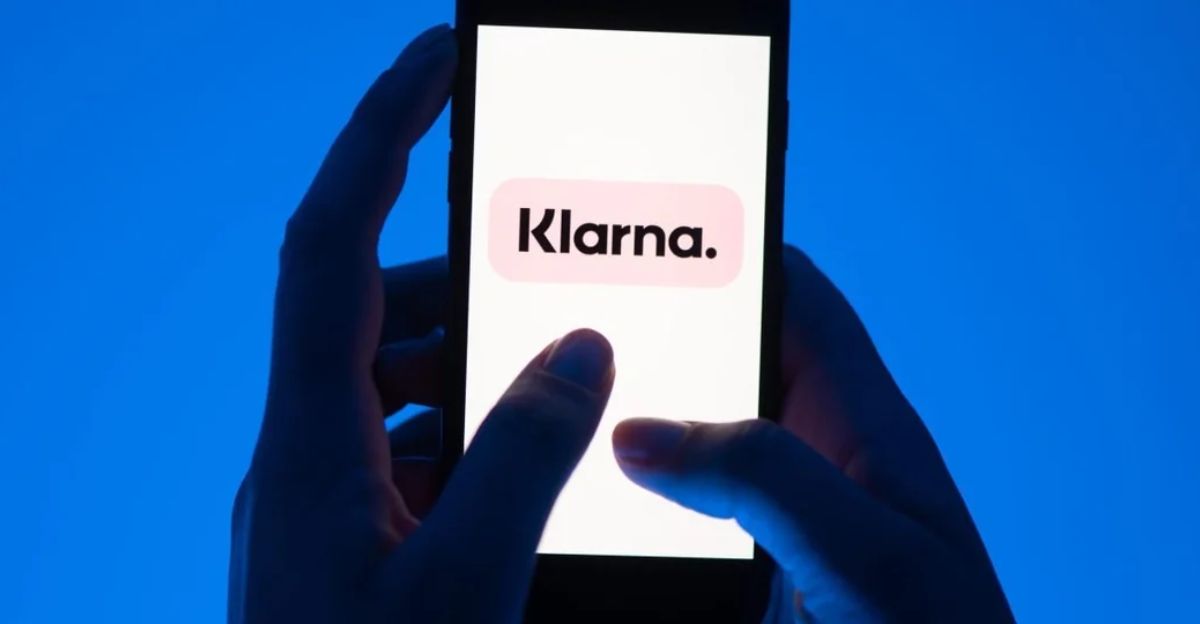
In a world where automation is often hailed as the future, one fintech CEO made a bold move—swapping out hundreds of human employees with artificial intelligence. The decision, once a source of pride and public bragging, was intended to save costs and improve operations.
However, beneath the slick veneer of digital efficiency, trouble was brewing. As investors watched and customers interacted with chatbots, the company’s fortunes began to waver.
What was promoted as a revolutionary shift now looks like a cautionary tale, as mounting losses force the CEO to question whether it made sense to replace human expertise with AI-driven customer service.
The Promise of Automation: Early Successes

Initially, the move toward AI appeared to be successful. The company’s chief executive, Sebastian Siemiatkowski, boasted about how automated bots were handling the workload of 700 full-time agents. Operational costs dropped and productivity soared.
For a time, Klarna stood out as a trailblazer, inspiring headlines about the potential of AI to overhaul customer service. The tech world noticed, and competitors rushed to catch up.
But despite the numbers looking good on paper, there were already signs that something might be awry— customer complaints started to creep in, often when the human touch in a crucial moment of support was missing.
The Financial Troubles Begin

The cracks in the AI-first strategy soon became impossible to ignore. Klarna disclosed net losses of $99 million in the first quarter, more than double the amount from a year ago. The company’s much-anticipated IPO was put on hold, and its once lofty $15 billion valuation came under scrutiny.
Investors grew nervous, and analysts questioned whether the aggressive automation had gone too far. Meanwhile, customers became increasingly unhappy, with many citing frustration over impersonal service and unresolved issues.
The company’s leadership was in a tough spot, forced to defend its tech-driven approach even as the numbers told a different story.
Customer Service Reconsidered

As the losses accumulated, Siemiatkowski’s tone began to shift. In a recent interview, he conceded that “there will always be a human if you want” when it comes to customer service — a significant departure from his earlier stance.
The acknowledgment represented a quiet retreat from the all-AI model because the company had recognized the importance of human judgment and empathy in addressing complicated problems.
It seems that customers still crave the reassurances that come with talking to a real person, especially during times of financial stress. The CEO’s revised approach underscored a growing industry realization: AI is a powerful tool but not a complete substitute for human interaction.
A Symbol of Persistence

Despite the setbacks, Klarna has not abandoned its tech-first vision. In a striking move, an AI-generated avatar of Siemiatkowski recently took over for the CEO during an earnings call, demonstrating the company’s relentless focus on innovation.
The avatar replied to questions, delivered updates, and even mimicked the CEO’s mannerisms — a bold statement about the future of corporate communication. But the stunt also highlighted the company’s ambivalence.
Although Klarna is not ready to give up on AI, it appears to seek a different balance between automation and the human touch, as it navigates an increasingly uncertain economic landscape.
Industry-Wide Skepticism

Klarna isn’t the only company that is facing pushback against AI-driven customer service. Language learning giant Duolingo has also faced criticism after announcing its CEO’s intention to ditch contractors in favour of AI.
Social media users, particularly on TikTok, have expressed their frustration with impersonal interactions and declining service quality. The backlash reflects a broader skepticism about the limits of automation, particularly in industries where trust and empathy are paramount.
As more companies experiment with AI, they are discovering that while the technology excels at handling routine assignments, it often breaks down when confronted with complex, emotionally charged situations that require a genuine human understanding.
External Pressures Mount

Klarna’s troubles are not solely the result of its AI strategy. The company is also grappling with a surge in credit losses, which increased 17% year-on-year to $136 million. Many American shoppers find it hard to repay their buy-now-pay-later loans amid economic uncertainty and a drop in consumer confidence.
The impact of global events, like the ongoing trade war, has put even more pressure on the company’s finances. These external pressures have just added to the burden of the AI transition and really made it more difficult for Klarna to regain its footing.
The company’s leadership is now closely monitoring the macroeconomic environment, hoping to adapt swiftly to changing conditions.
A Global Story

Klarna’s struggles are felt across borders, but the pain is not evenly distributed. It has encountered stiff competition in the United States, where the buy-now-pay-later market is especially crowded. Consumers in both large cities and rural areas have reported difficulties with the service, and local economic strains have exacerbated the company’s woes.
In Europe, where Klarna has a strong presence, the company also contends with regulatory scrutiny and shifting consumer preferences. The story reminds us that even the most innovative companies are not immune to the realities of global economies and regional differences.
The Human Element

Behind the headlines, Klarna’s employees and franchisees are starting to feel the effects of the company’s shifting strategies. Many have voiced concerns about job security, morale, and the long-term sustainability of an AI-first approach.
Some have welcomed the efficiency of automation, while others lament the loss of personal connection with customers. The debate within the company reflects the broader conversation in society about the role of technology in the workplace.
While Klarna searches for a new equilibrium, it must also contend with the human cost of those decisions, striking a balance between innovation and supporting and retaining its workforce.
Adaptation or Retreat?

As Klarna looks to the future, the path forward is uncertain. The company has not abandoned its commitment to AI, but it is clearly rethinking the extent to which automation should replace human interaction. Siemiatkowski’s recent statements suggest a more nuanced approach, one that recognizes the value of both technology and human expertise.
It remains to be seen whether Klarna can regain its former glory or whether it will serve as a cautionary example for others in the fintech space.
For now, the company’s story is a powerful reminder that even the most advanced technology cannot fully replace the human touch, especially in times of crisis and change.
Discover more trending stories and Follow us to keep inspiration flowing to your feed!

Craving more home and lifestyle inspiration? Hit Follow to keep the creativity flowing, and let us know your thoughts in the comments below!
